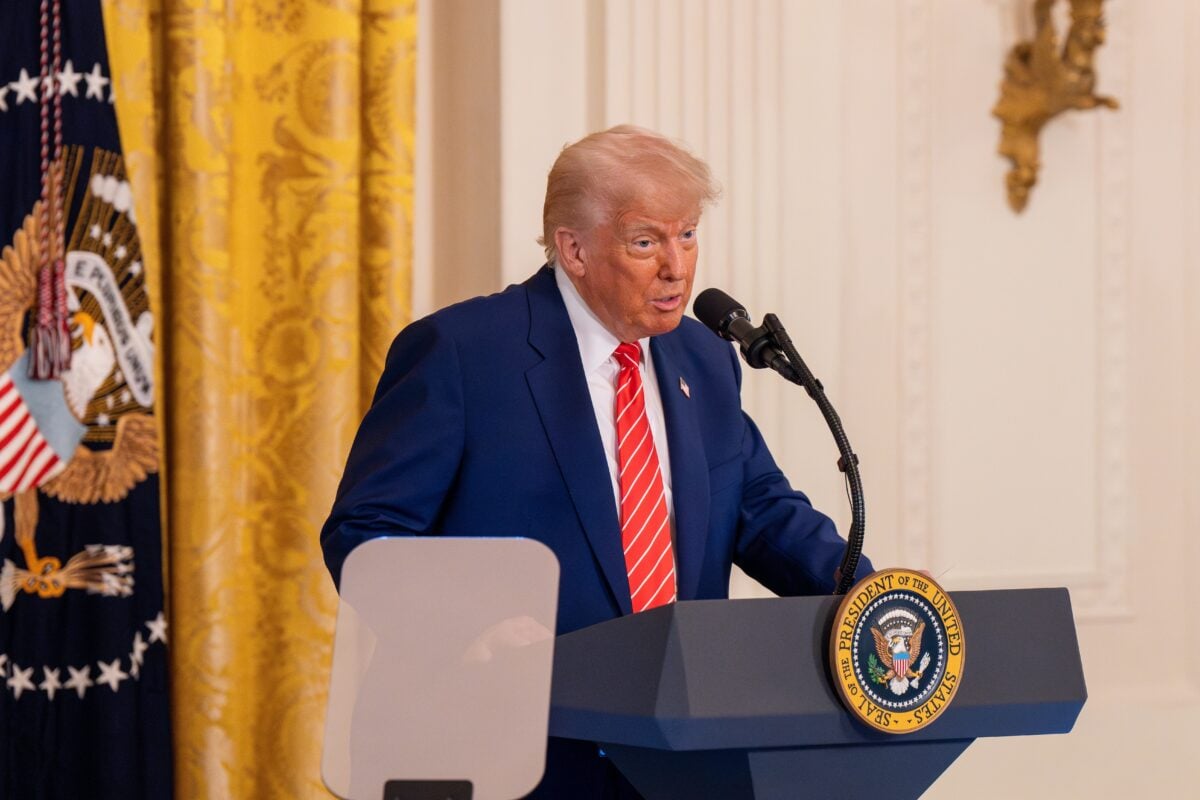TLDR
- Trump confirms firing federal workers in Democrat-oriented government sectors.
- About 4,000 federal employees received termination notices as of October 10.
- AFGE union challenges Trump’s federal worker layoffs in court.
- Republican senators consider bypassing Democrats to end the government shutdown.
Amid the ongoing government shutdown, President Donald Trump has confirmed that layoffs of federal employees will primarily target those in “Democrat-oriented” roles. This comes as part of his administration’s strategy to apply pressure on the Democratic Party to agree to his terms for reopening the government. The firings, which began on October 10, have sparked controversy and legal challenges from unions representing government workers.
Firings Begin Under Shutdown Pressure
The Trump administration began issuing “reduction in force” (RIF) notifications to federal employees on October 10, marking the eleventh day of the government shutdown. President Trump stated that these layoffs were aimed at workers in roles that are seen as more aligned with Democratic priorities. “It will be Democrat-oriented because we figure, you know, they started this thing,” Trump explained during a White House briefing.
The White House has not disclosed the exact number of employees affected, but reports suggest that about 4,000 federal workers have received notices so far. These firings have come under scrutiny, particularly from labor unions. Everett Kelley, president of the American Federation of Government Employees (AFGE), condemned the move, calling it “disgraceful” and illegal. He further stated that the union is challenging these terminations in court.
Legal Challenges to the Firings
The American Federation of Government Employees (AFGE), which represents over 800,000 federal employees, has filed a lawsuit in response to the mass layoffs. The union argues that firing workers during a government shutdown is not only unfair but potentially illegal. According to AFGE, the shutdown should not be used as an excuse to terminate employees who provide essential services.
Kelley emphasized that the terminations could harm essential government functions, as many of the affected workers provide vital services to the public. The union’s legal challenge seeks to have the RIF notices rescinded and halt any further layoffs. As the legal battle continues, the Trump administration stands by its decision, arguing that the layoffs are necessary to send a message to Congress and the Democratic Party.
Shutdown Negotiations and Political Tensions
The government shutdown began after a failure to reach an agreement between Republicans and Democrats over funding issues. President Trump has demanded that Congress approve a government funding bill without additional provisions that Democrats are pushing for, such as healthcare measures. On the other hand, Democrats are insisting that their proposals be included in any funding agreement.
As the shutdown drags on, both sides have traded blame. President Trump has pointed to the Democratic Party as the cause of the shutdown, claiming that the layoffs are a direct consequence of their refusal to compromise. In his view, the mass firings serve as a way to hold Democrats accountable for the ongoing budget impasse.
Republican Responses and Potential for Escalation
Republicans in Congress have also weighed in on the ongoing shutdown. Some Republican lawmakers have suggested bypassing the usual 60-vote requirement in the Senate, a move known as the “nuclear option,” to end the shutdown. Senator Bernie Moreno of Ohio proposed that Republicans use a simple majority to pass a funding bill without Democratic support.
However, not all Republicans support this idea. Senate Majority Leader John Thune has dismissed the proposal, emphasizing the risks of such a move, especially with the possibility of a Democratic majority in the future. As the shutdown continues, the political divide between Republicans and Democrats shows no signs of easing, and the situation remains fluid as both sides work toward a resolution.






